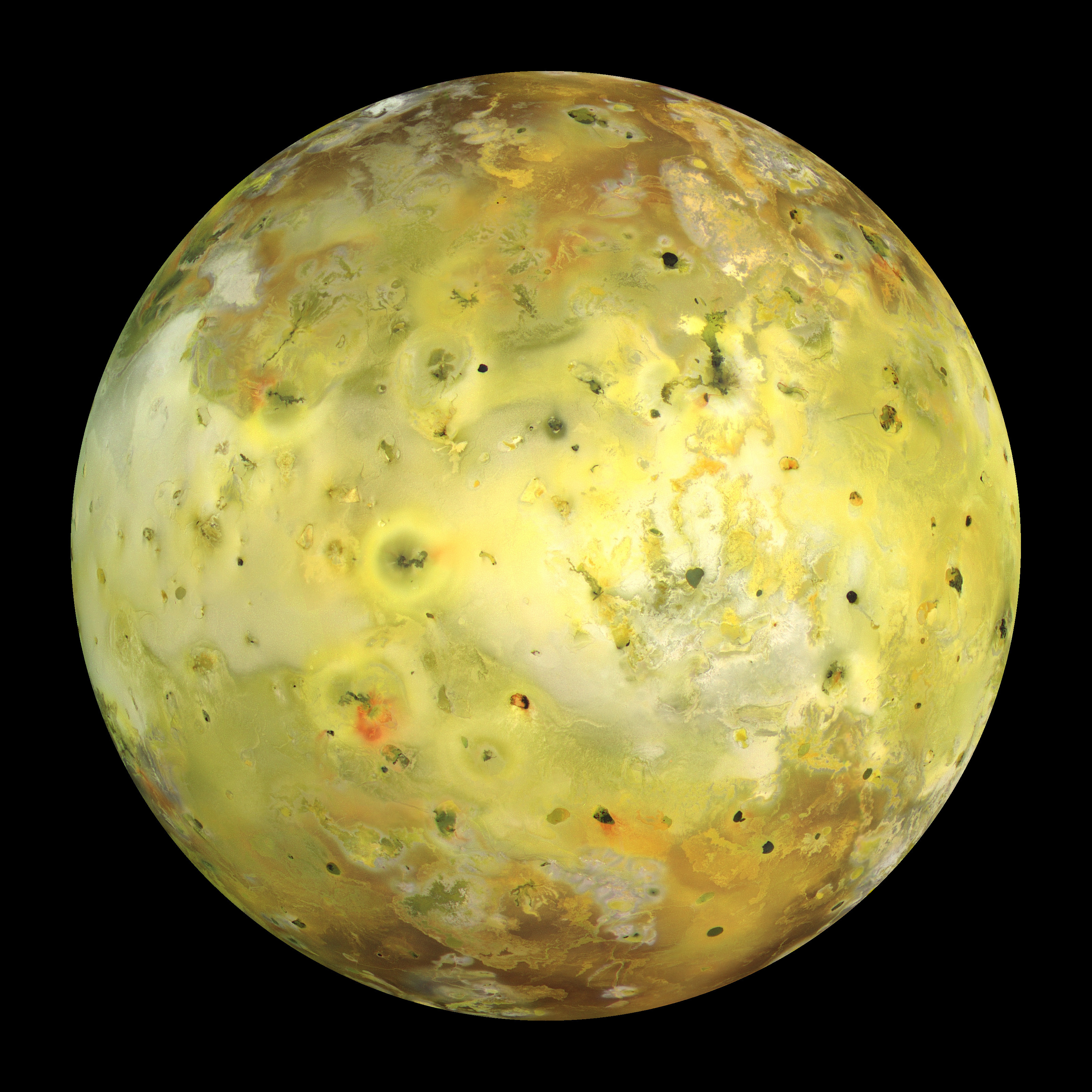Flyby of Io with Repeat Encounters on:
[Wikipedia]
[Google]
[Amazon]
''FIRE'' (Flyby of Io with Repeat Encounters) is a concept mission to

 The instrument suite includes four proposed instruments:
# Visible OpticaL Camera And Near-infrared Observer (VOLCANO) is a visible/near- infrared imager.
# Multi-Axis Geophysical Magnetometer (MAGMA) is a magnetic instrumentation subpackage.
# Comprehensive AnaLysis of Dust from ERuptions and Atmosphere (CALDERA), is a dust analyzer that would identify the material in the volcanic plumes.
# FieLd Analysis through Radio Exploration (FLARE) is a radio science experiment.
The instrument suite includes four proposed instruments:
# Visible OpticaL Camera And Near-infrared Observer (VOLCANO) is a visible/near- infrared imager.
# Multi-Axis Geophysical Magnetometer (MAGMA) is a magnetic instrumentation subpackage.
# Comprehensive AnaLysis of Dust from ERuptions and Atmosphere (CALDERA), is a dust analyzer that would identify the material in the volcanic plumes.
# FieLd Analysis through Radio Exploration (FLARE) is a radio science experiment.
Jupiter
Jupiter is the fifth planet from the Sun and the largest in the Solar System. It is a gas giant with a mass more than two and a half times that of all the other planets in the Solar System combined, but slightly less than one-thousandth t ...
's innermost major moon Io. The mission was first presented in 2012 for a possible future consideration by NASA's New Frontiers program
The New Frontiers program is a series of space exploration missions being conducted by NASA with the purpose of furthering the understanding of the Solar System. The program selects medium-class missions which can provide high science returns.
...
.
Overview
If developed in the future, the ''FIRE'' spacecraft would use threegravity assist
In orbital mechanics and aerospace engineering, a gravitational slingshot, gravity assist maneuver, or swing-by is the use of the relative movement (e.g. orbit around the Sun) and gravity of a planet or other astronomical object to alter the p ...
s to reach Jupiter six years later. The spacecraft would orbit Jupiter and perform 10 flybys of Io, some as low as from its surface. The ten flybys would be completed in approximately four months.
As a New Frontiers class mission, the cost cap would be $991 million (FY2012) with a $927 million base cap with a $64 million launch vehicle cost credit.
Goals and objectives

Payload
 The instrument suite includes four proposed instruments:
# Visible OpticaL Camera And Near-infrared Observer (VOLCANO) is a visible/near- infrared imager.
# Multi-Axis Geophysical Magnetometer (MAGMA) is a magnetic instrumentation subpackage.
# Comprehensive AnaLysis of Dust from ERuptions and Atmosphere (CALDERA), is a dust analyzer that would identify the material in the volcanic plumes.
# FieLd Analysis through Radio Exploration (FLARE) is a radio science experiment.
The instrument suite includes four proposed instruments:
# Visible OpticaL Camera And Near-infrared Observer (VOLCANO) is a visible/near- infrared imager.
# Multi-Axis Geophysical Magnetometer (MAGMA) is a magnetic instrumentation subpackage.
# Comprehensive AnaLysis of Dust from ERuptions and Atmosphere (CALDERA), is a dust analyzer that would identify the material in the volcanic plumes.
# FieLd Analysis through Radio Exploration (FLARE) is a radio science experiment.
Power
Electric power to the spacecraft and its scientific payload would be generated by three Advanced Stirling Radioisotope Generators (ASRG). ASRG is aradioisotope
A radionuclide (radioactive nuclide, radioisotope or radioactive isotope) is a nuclide that has excess nuclear energy, making it unstable. This excess energy can be used in one of three ways: emitted from the nucleus as gamma radiation; transferr ...
power system under development at NASA's Glenn Research Center
NASA John H. Glenn Research Center at Lewis Field is a NASA center within the cities of Brook Park and Cleveland between Cleveland Hopkins International Airport and the Rocky River Reservation of Cleveland Metroparks, with a subsidiary facilit ...
. It uses a Stirling
Stirling (; sco, Stirlin; gd, Sruighlea ) is a city in central Scotland, northeast of Glasgow and north-west of Edinburgh. The market town, surrounded by rich farmland, grew up connecting the royal citadel, the medieval old town with its me ...
power conversion technology to convert radioactive-decay heat into electricity for use on spacecraft
A spacecraft is a vehicle or machine designed to fly in outer space. A type of artificial satellite, spacecraft are used for a variety of purposes, including communications, Earth observation, meteorology, navigation, space colonization, p ...
.
See also
* Atmosphere of Io *Io Volcano Observer
Io Volcano Observer (IVO) is a proposed low-cost, outer-planet mission to explore Jupiter's moon Io to understand tidal heating as a fundamental planetary process. The main science goals are to understand (A) how and where tidal heat is generate ...
(IVO), a mission concept to Io
*Volcanology of Io
Volcanism on Io, a moon of Jupiter, is represented by the presence of volcanoes, volcanic pits and lava flows on the moon's surface. Its volcanic activity was discovered in 1979 by ''Voyager 1'' imaging scientist Linda Morabito. Observation ...
References
{{Io Missions to Jupiter Io (moon) New Frontiers program proposals